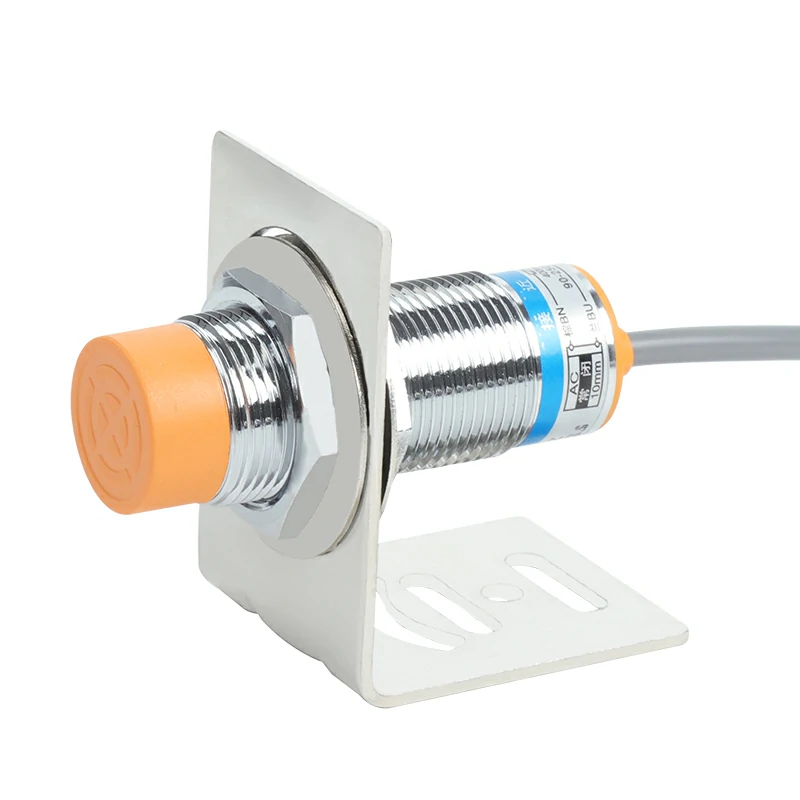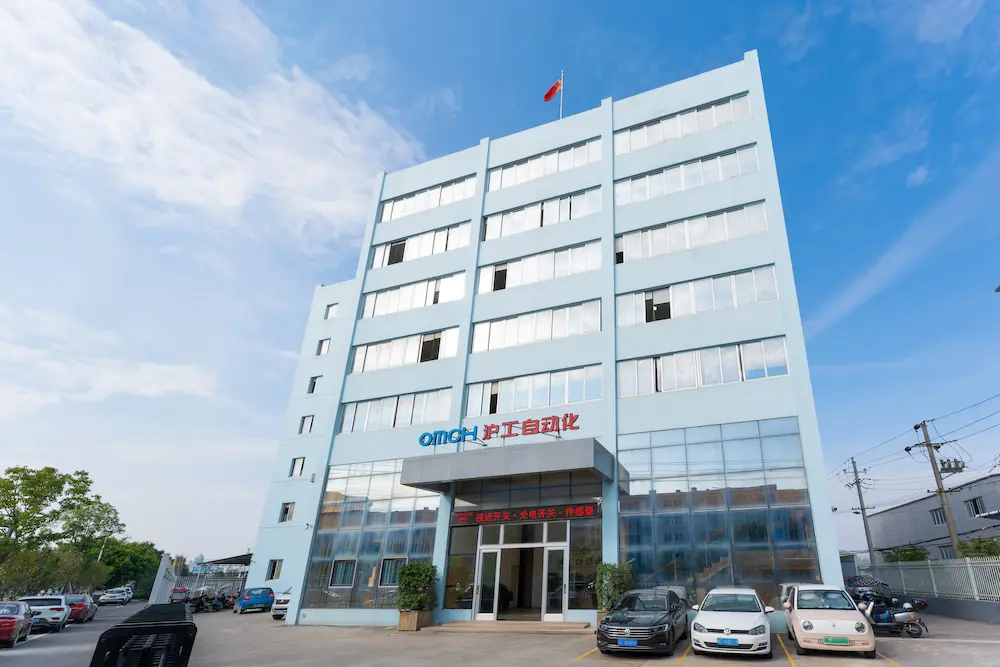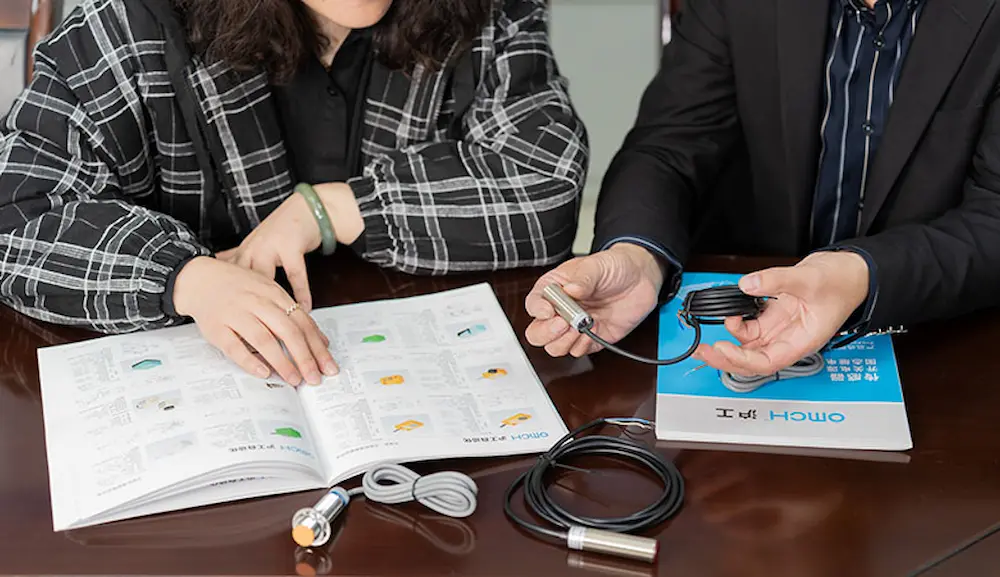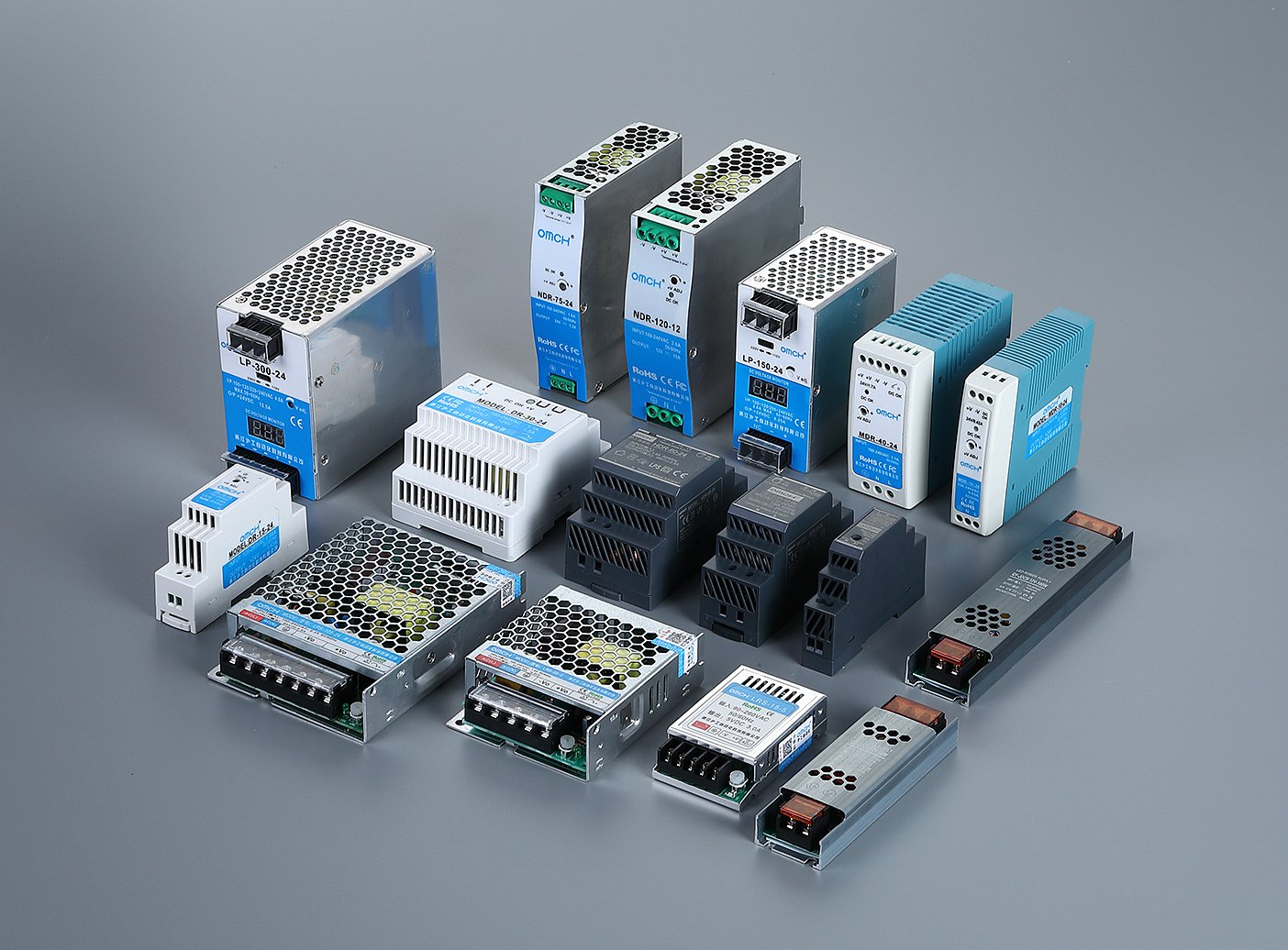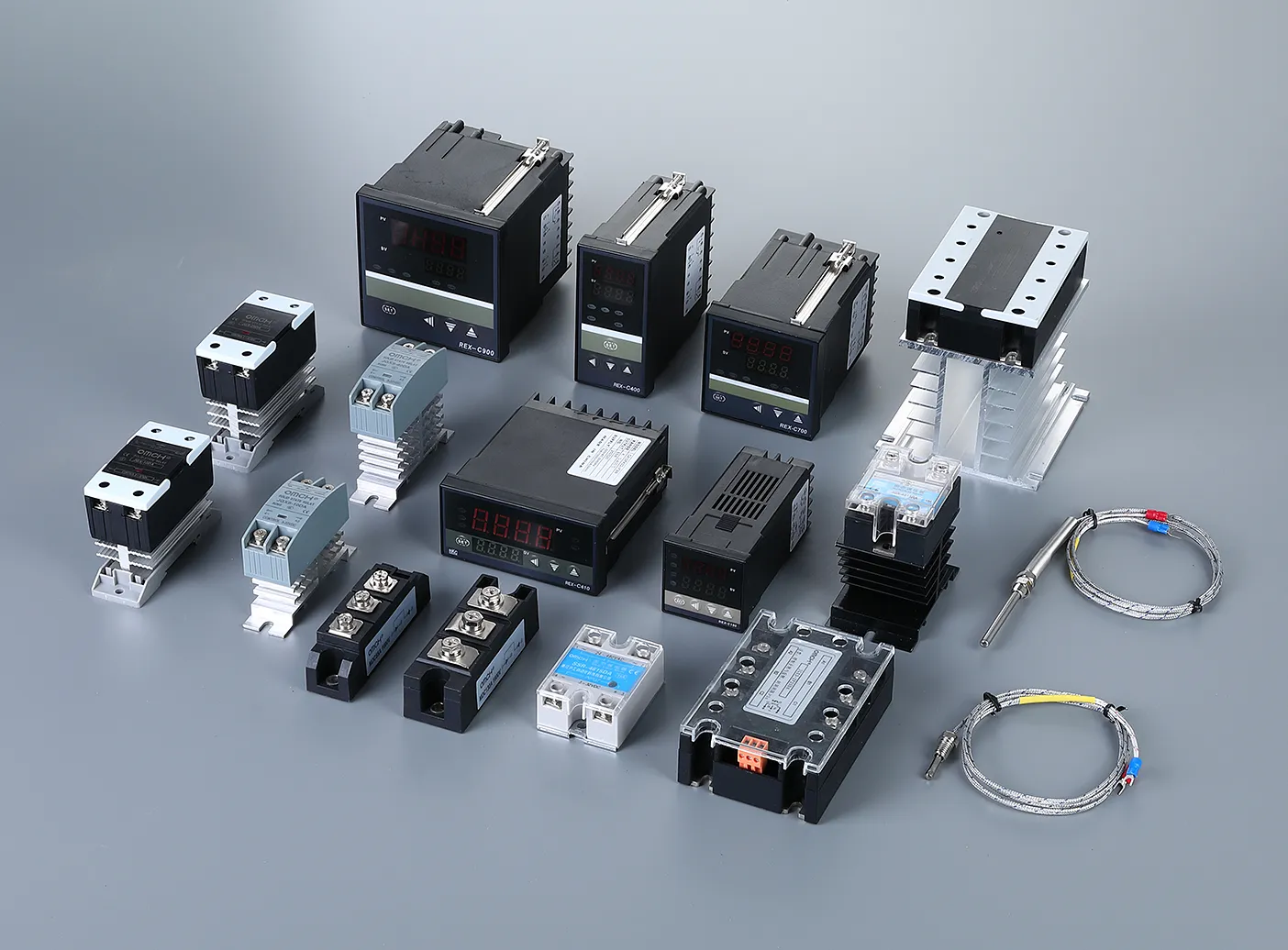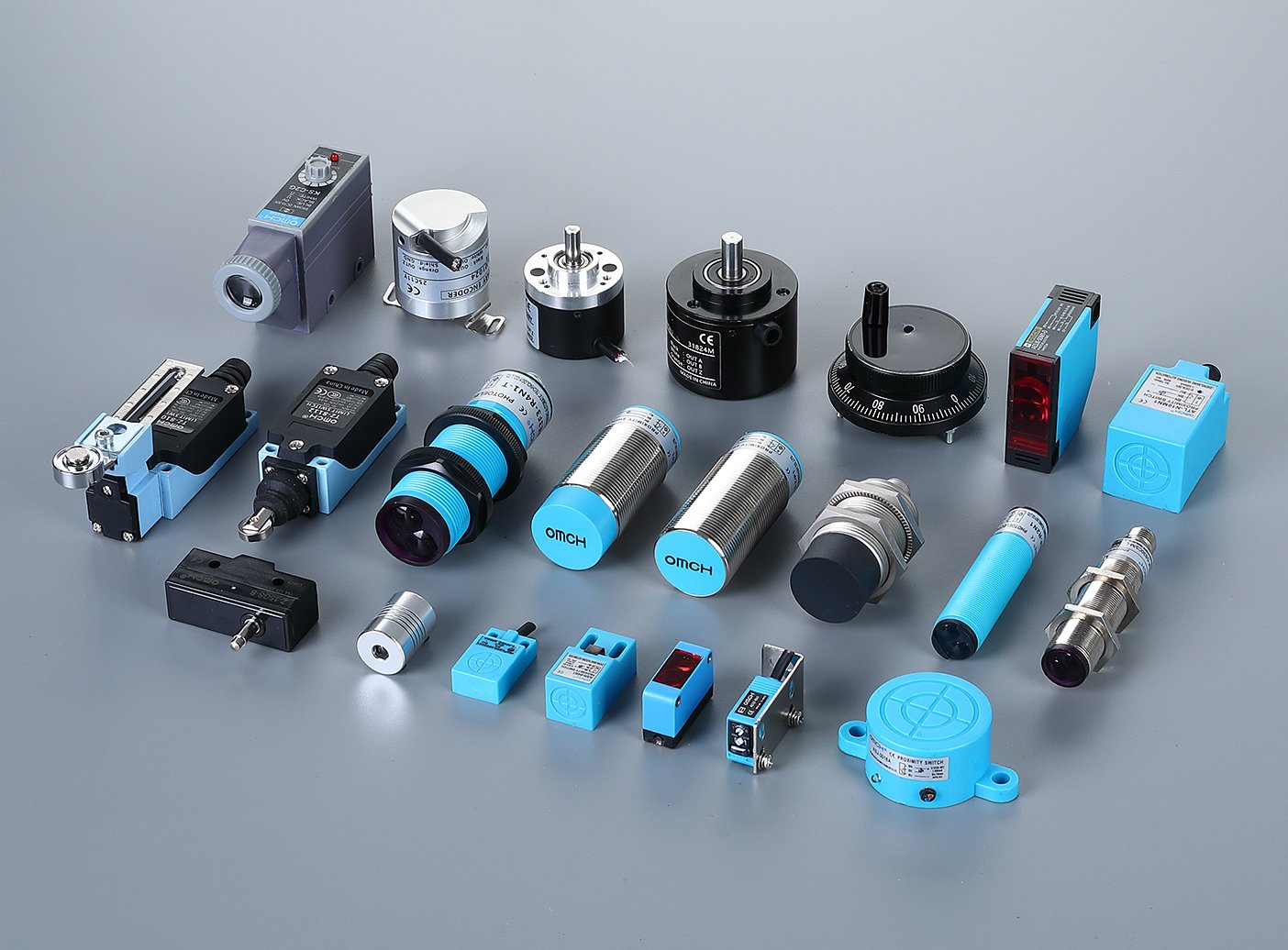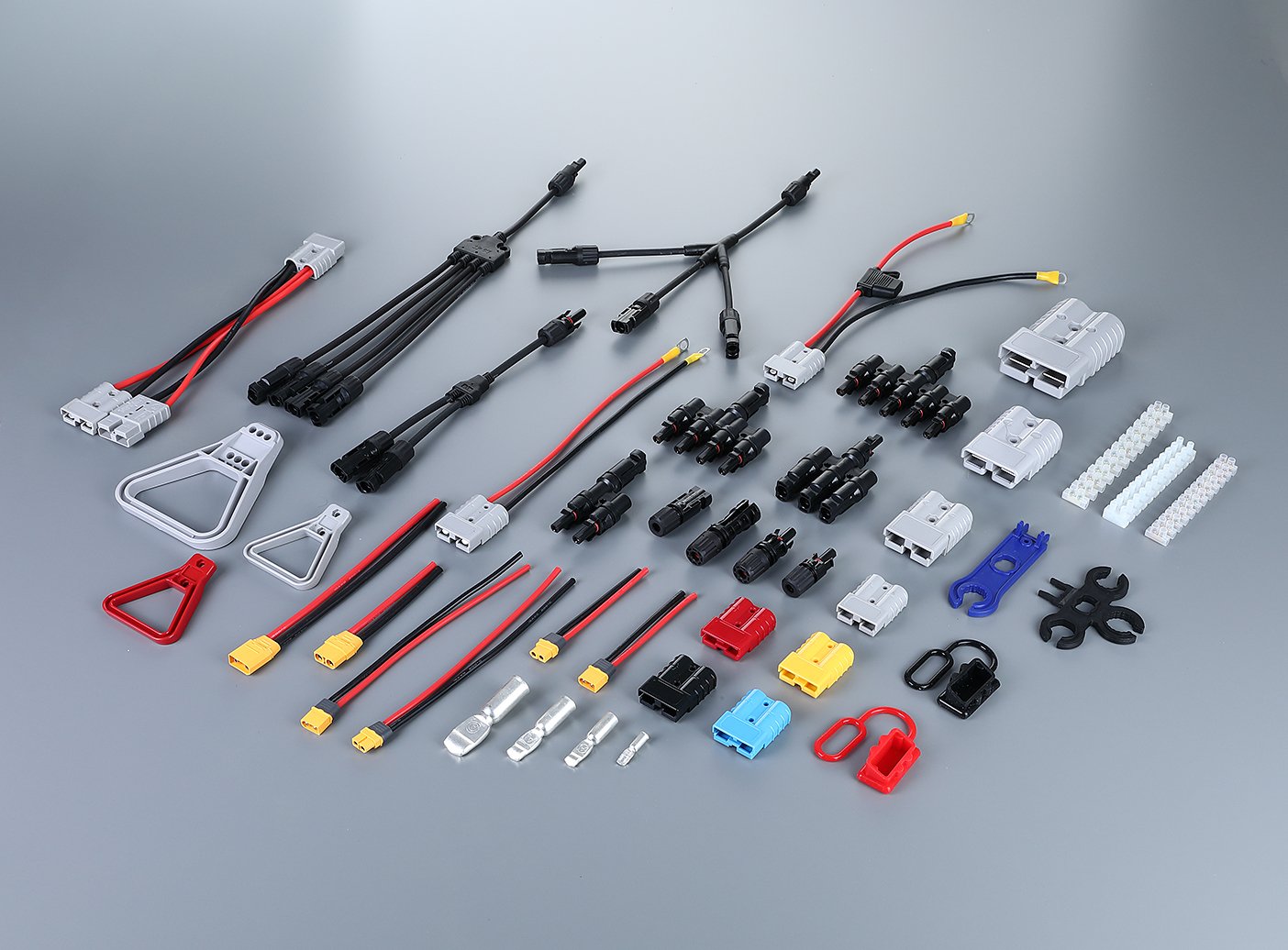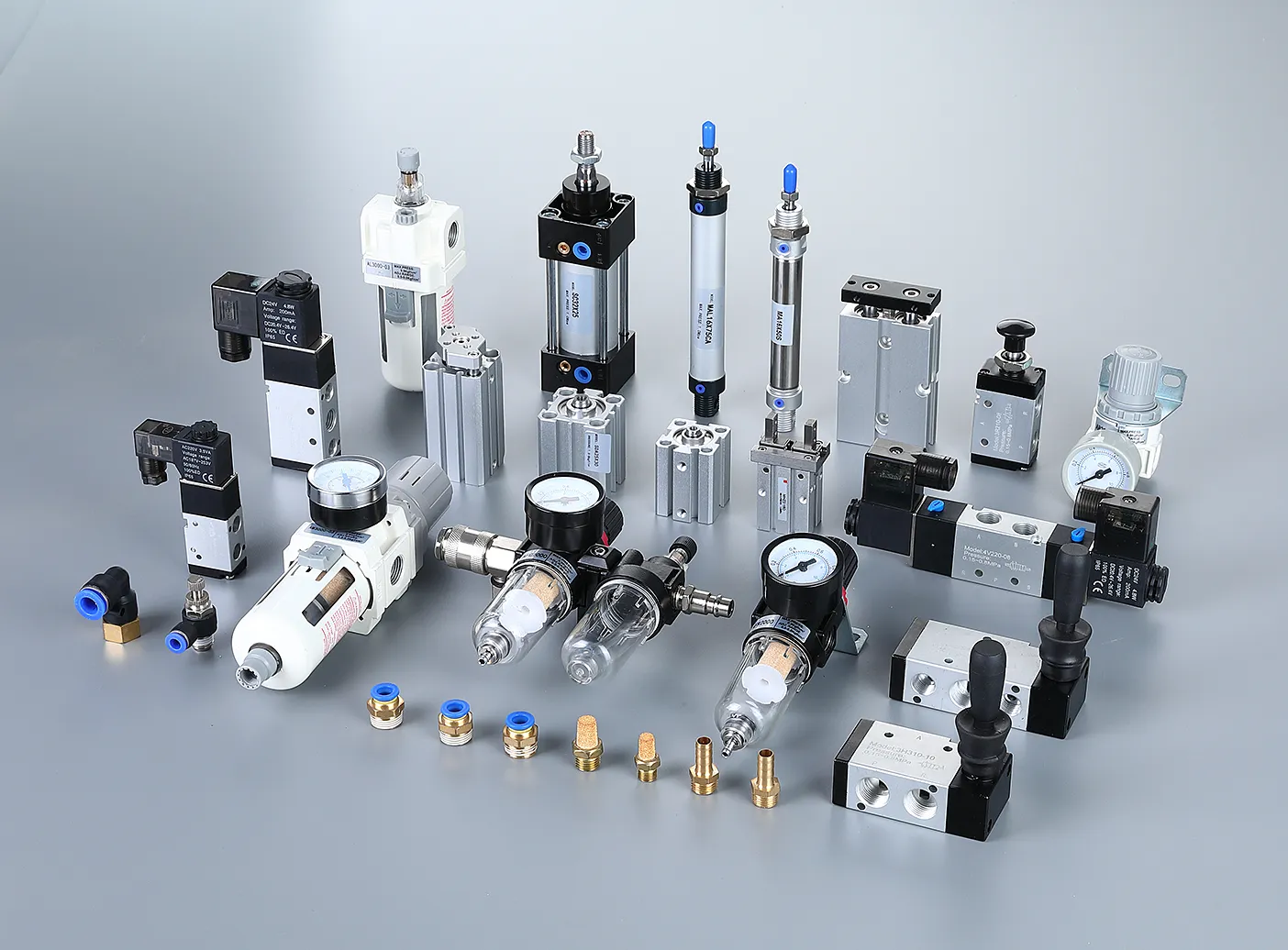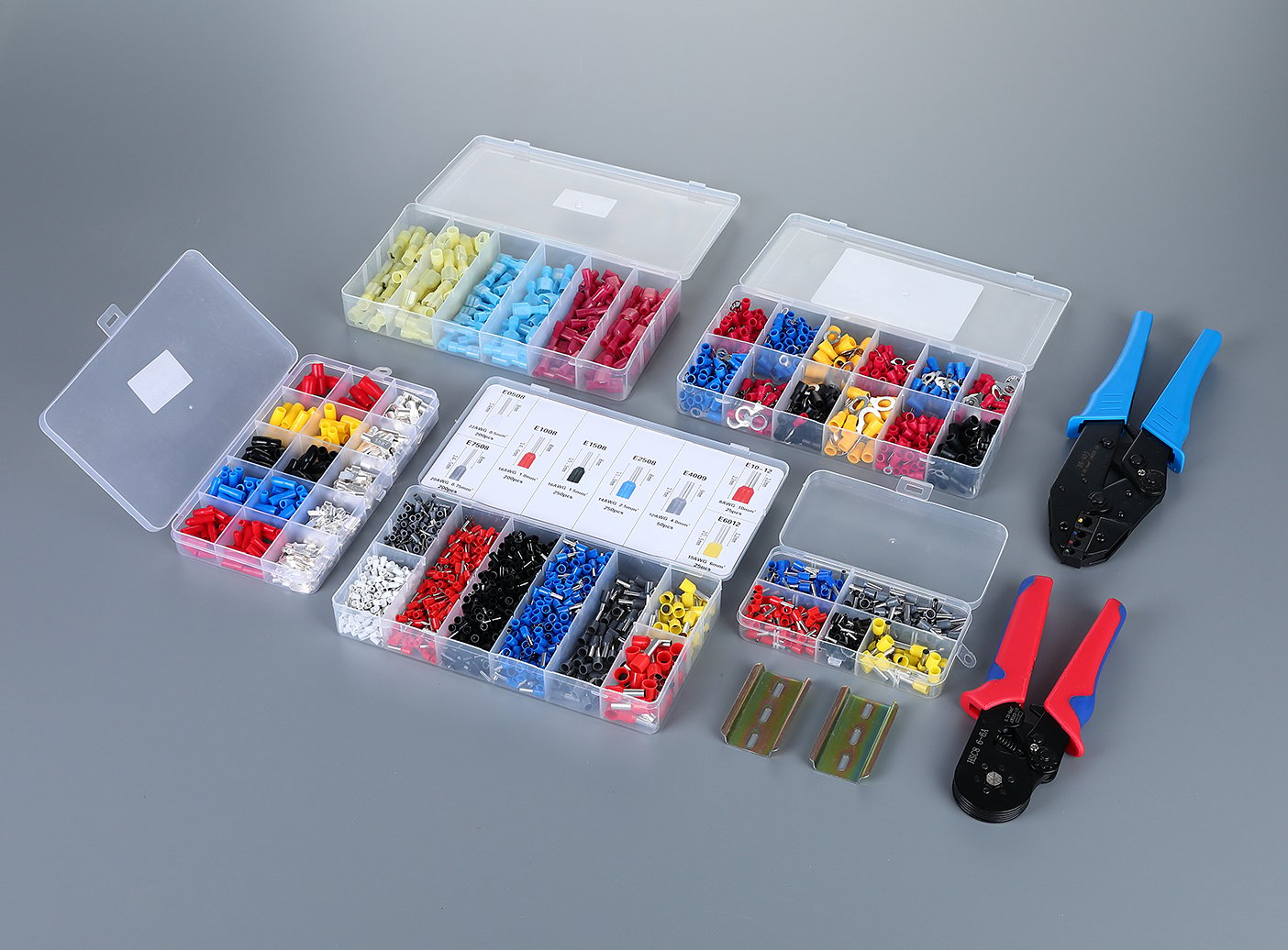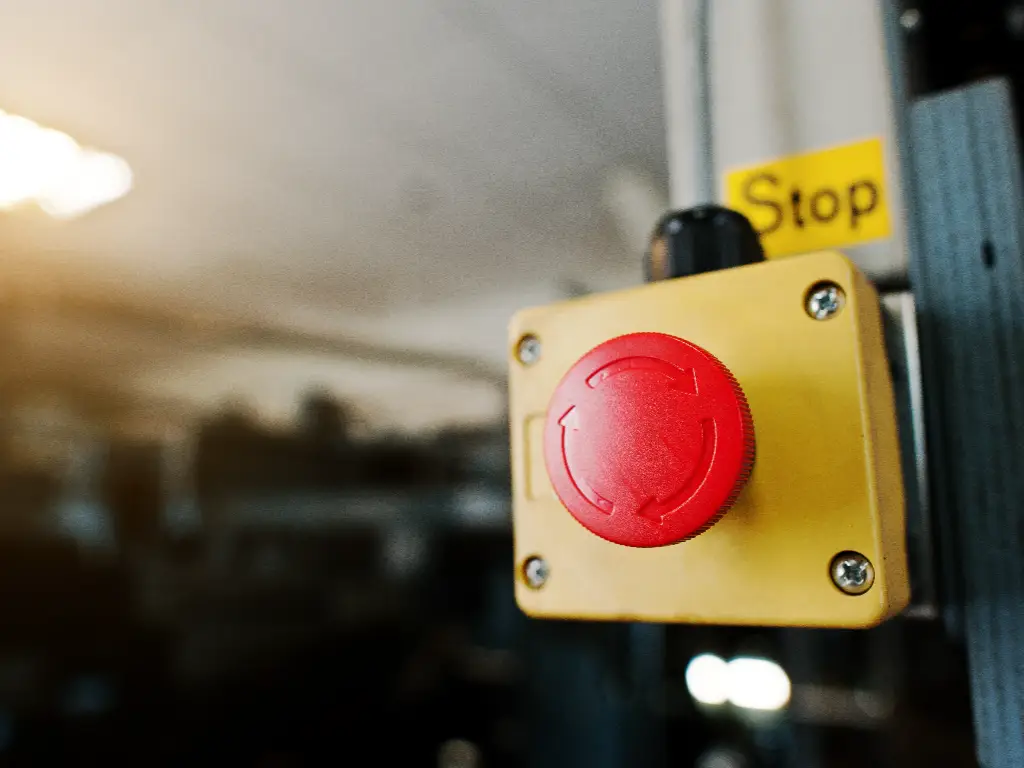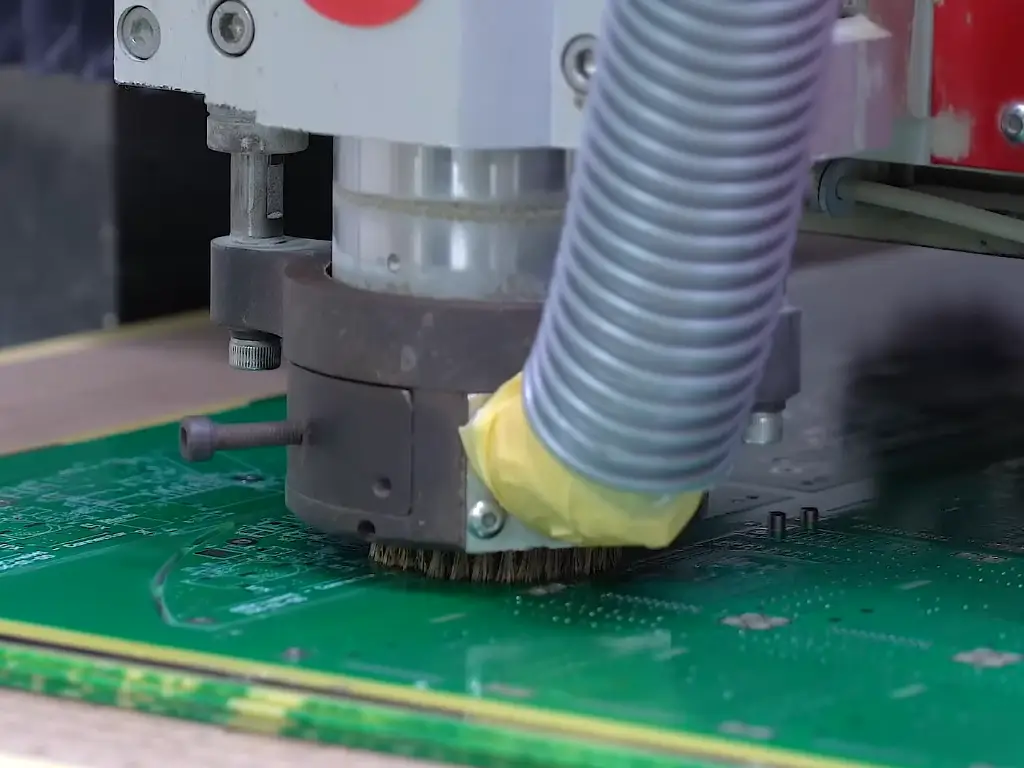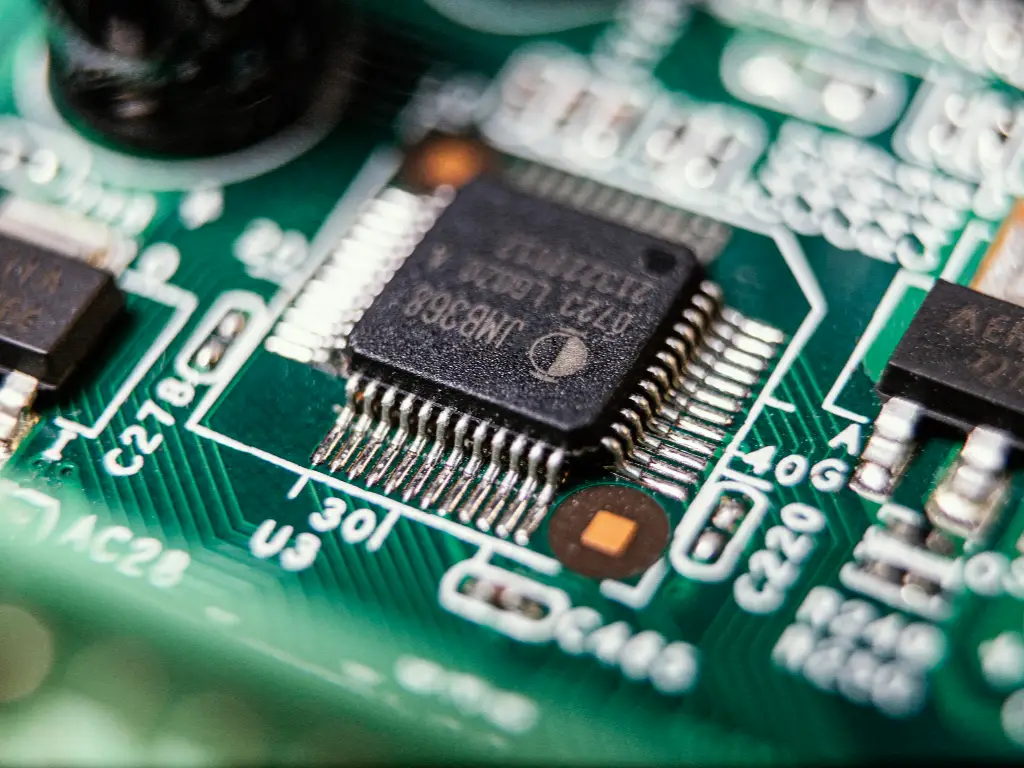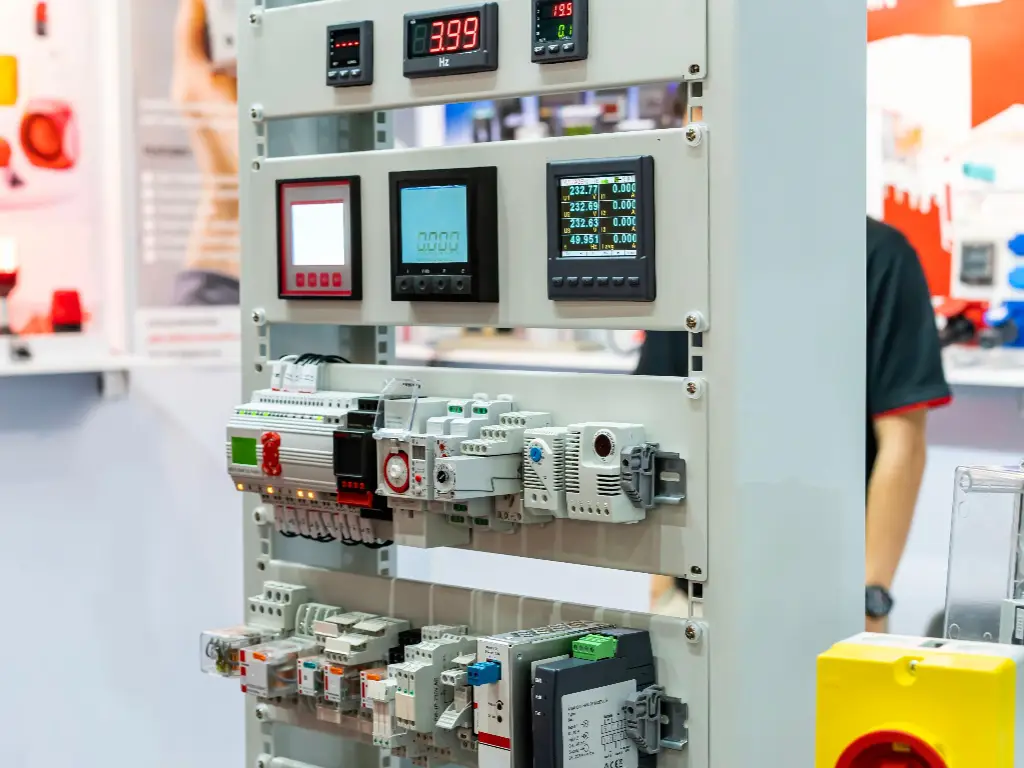In the current electrical power engineering and industrial automation, the main difference between 3 phase vs single phase power is fundamental. This applies to the design of power distribution systems in residential homes, commercial facility planning, as well as the construction of industrial facilities’ power systems. The decision does not only influence the voltage levels and the number of wires, but also the efficiency of the system, its cost, the performance of the equipment, and its ability to expand in the future.
This blog is a complete electrical selection guide. It makes comparisons between the fundamental definitions, performance variations, application, and cost factors of single-phase and three-phase power systems. This manual assists electrical engineers, project managers, business owners, and technical enthusiasts to make intelligent decisions.
Core Differences & Definitions
Single phase and three phase are both Alternating Current (AC) systems. Their key difference lies in how they generate and transmit electrical energy. This difference is seen in the waveform, structure, and type of power they supply.
What is Single Phase?
Single phase power is the most common form of residential power supply. Its features are defined in these ways:
- Waveform: Single phase voltage and current waveform is a single ac waveform. In one cycle, the voltage and current move from zero to peak, then back to zero.
- Voltage: In most countries, like China, the effective residential voltage for single phase is usually 220V or 230V.
- Structure: The simplest structure has two conductors: one power wire (Live L) and one neutral wire (Neutral N), which serves as the returning path.
- Power Flow: Single phase power is pulsating; it changes over time and is not at a constant rate.
To know more about single phase, watch this video below:
What is Three Phase?
Industrial buildings and large commercial applications use phase power supplies as the standard power system. It is meant to supply more stable electrical energy that is stronger.
- Waveform: Three phase power consists of three AC currents, each a phase ac signal. Every current is referred to as a phase. The angle of these three currents is precisely 120 electrical degrees (360/3=120).
- Phase: There are various types of configurations. It usually has three phase wires (L1,L2,L3) and one neutral wire (N) (fourth wire) (four-wire system), or just three phase wires (three-wire system). The neutral is sometimes referred to as an additional wire.
- Structure: It usually has three phase wires (L1,L2,L3) and one neutral wire (N) (four-wire system), or just three phase wires (three-wire system).
- Voltage: There are two voltage types in three phase power, Line Voltage (Line-to-Line, such as 380 V/400 V) and Phase Voltage (Line-to-Neutral, such as 220 V/230 V).
To know more about three phase, watch this video below:
Efficiency, Cost, and Stability
The important considerations in selecting a type of power supply are system performance and cost. Three-phase systems outperform single-phase systems in nearly every performance aspect, although it typically implies a higher initial cost.
Power Flow & Stability Comparison
The main advantage of three-phase power is its power flow:
- Constant Power: The peaks and zero points of the three currents interlace. The total instantaneous power of three-phase power stays almost constant and provides a continuous flow of power. This removes the power pulsation of single-phase systems. This is due to the consistency of the delivery of power.
- Stability: Constant power flow makes three-phase motors run smoother with less vibration. Three-phase systems better maintain voltage stability when large equipment starts or when the load changes.
- Efficiency: For transmitting the same power, three-phase systems need less total conductor material. Line loss (I2R loss) is also lower. Transmission efficiency is higher.
Initial vs. Operating Cost Analysis
| Cost Factor | Single Phase (Single Phase) | Three Phase (Three Phase) | Cost/Benefit Analysis |
| Wiring Cost (Initial) | Lower | Higher (needs more or higher-spec wires) | Single-phase initial cost is lower, good for small projects with limited budget. |
| Equipment Cost (Initial) | Lower (uses single/double-pole breakers) | Higher (needs three-pole breakers, three-phase contactors, dedicated transformers) | Core protection and control parts cost more. |
| Operating Cost (Long-term) | Higher line loss; lower motor efficiency | Lower line loss; higher motor efficiency; significant electricity savings | For high-power loads, three-phase long-term operating cost is lower, with a shorter return period. |
| Maintenance Cost | Motor may need more frequent maintenance | Motor life is long, less maintenance needed | Three-phase motor structure is simple, maintenance cost is lower. |
In-depth Analysis:
In cost decisions, you cannot simply consider the initial cost. In any commercial or industrial project where the operation is long term or where the equipment used is of high power, the benefits of the three phase system in terms of energy efficiency and equipment life save a significant amount of money in electricity and maintenance over the years. This soon compensates the increased initial cost of installation.
Safety and Standards
System safety and compliance must be the first priority when choosing a power supply system.
- Circuit Breakers: Three-phase systems must use three-pole circuit breakers (or four-pole). This makes sure that the three-phase power is disconnected simultaneously (All-pole Disconnection) in case of a short circuit or overload. Single-phase circuit breakers simply open the live circuit.
- Protection Mechanism: Three-phase systems need extra protection for phase sequence, phase loss, and voltage imbalance. Industrial equipment may run backwards with the wrong phase sequence; it may burn out a motor in a short time with a lost phase. These sophisticated safeguards require more sophisticated low-voltage electrical control products.
- Wiring Standards: Wiring of three phase systems is more complicated. It has more rigid regulations on load balancing, grounding and neutral wiring. You must follow international and national electrical standards like IEC or NEC.
Motor & Equipment Requirements
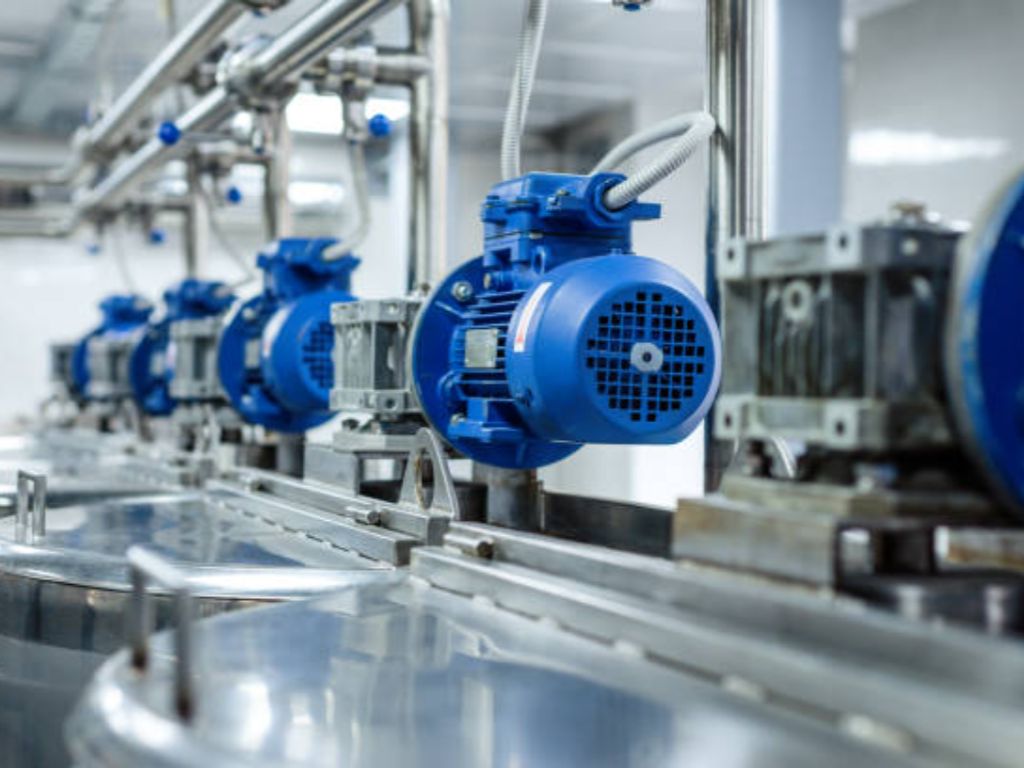
Motors are the main load in the industrial sector. They also show the biggest difference in performance between single-phase and three-phase systems.
Single-Phase Motor Limitations
Single-phase motor design is more complex than three-phase motors. It has basic performance limits:
- Weak Starting Torque: Single-phase power cannot naturally create a rotating magnetic field. It must rely on extra starting windings, capacitors, or centrifugal switches to provide starting force. This makes the single-phase motor complex and gives it weak starting torque.
- Efficiency and Power Limits: Single-phase motor efficiency is usually lower than three-phase motors of the same power. Power is often limited to below 10 kW, making them hard to use for heavy machinery.
- Running Smoothness: Because of power pulsation, single-phase motors may have slight vibration and noise when running.
The Power of Three-Phase Motors
Three-phase motors are the foundation of modern industry. Their advantage comes from the natural power supply features:
- Strong Self-Starting: The 120-degree phase difference naturally creates a stable rotating magnetic field inside the motor. This means no extra starting help is needed. Starting torque is strong and smooth.
- High Efficiency and Long Life: Constant power flow makes motors run smoothly with low loss and high efficiency. The structure is simple, maintenance needs are low, and the lifespan is much longer than single-phase motors.
Omch’s Role in Optimizing Motor Control
Three-phase power gives motors strong performance. But their long, stable operation depends entirely on the quality and reliability of the low-voltage electrical components used for control and protection.
Phase loss, voltage imbalance, overload, and short circuits are the main threats to three-phase motor systems. If protection is poor, a quick fault can permanently damage motor windings, causing huge loss from downtime.
Omch Insight: Low-Voltage Electrical Products are the Lifeline of Three-Phase Systems
To manufacturers (OEMs) who consider motor control as a fundamental component of their equipment, the decision to use Omch products implies the decision to use stability and trust.
The core control systems such as PLC and their sensor networks require very clean and stable power to operate. The switch node power supply by Omch is capable of converting high-voltage, unstable three-phase (or single-phase) power to clean, stable, low-power supplies such as 24 Vdc or 5 Vdc. This renders the SMPS critical to the entire control network.
Our low-voltage distribution system products (such as AC contactors, thermal overload relays, and circuit breakers) are highly controlled in terms of quality. They operate with the correct signal transmission of industrial control relays. This ensures:
- Reliable Core Performance: Motors start smoothly and run efficiently in tough industrial conditions.
- High Product Consistency: We provide consistent, reliable mass production raw materials. This reduces your OEM warranty and maintenance expenses.
Purchasing Omch products is a long-term bet on the dependability of your end equipment. This forms a solid base of your entire industrial control plan.
Residential vs. Industrial Uses

Choosing a power supply system means setting a clear limit between single phase and three phase based on load power, operating environment, and crucial requirements.
Typical Residential Load Profiles
- Characteristics: Low load power, non-continuous operation, mainly resistive and lighting loads.
- Single Phase Dominance: Homes and small offices typically use single-phase power. Standard household appliances like lights, refrigerators, TVs, personal computers, and small air conditioners (under 5 tons) work fine with single-phase power.
- Upgrade Point: It is only in exceptional instances (such as large home workshops that must operate CNC machines, or install super high-power three-phase central AC/heat pump systems) that you should consider partially adding three-phase power. However, this addition is complicated regarding permits and cost.
High-Demand Industrial Applications
Three-phase power is the solid foundation for industrial and large commercial sites. These sites need very high power, stability, and efficiency.
- High Power Density: Industrial manufacturing (like injection molding, forging, metallurgy), large commercial HVAC systems, elevators, and large pumping stations all need three-phase power to run high-power motors.
- Continuous Operation: Sites with very high power continuity, such as data centers, hospitals, and communication base stations, have to depend on the high stability of three-phase power.
- Long-Distance Transmission: In long distance power distribution within a factory premise, three phase power is the only option due to its superior transmission efficiency.
Ensuring Reliability in Industrial Automation
The industrial automation system is one integrated unit. Its reliability depends on the external power grid and also on the quality of internal power distribution and control.
Omch Solution: Providing Reliable Infrastructure for Global Electrical Traders
There are numerous components required in industrial automation to operate stably. Profitability of wholesalers and retailers who desire to serve the market in high efficiency and at low cost depends on supply chain management. Omch offers quality products. We also offer the most convenient method of purchasing parts:
- Mixed Container Expert: Omch has six product lines that encompass more than 3000+ SKUs. We provide extensive product line and guaranteed delivery in the basic industrial control components such as sensor switches, switching power supplies, encoders, and other relays, and conventional low-voltage distribution. We enable our customers to purchase numerous types of products in small quantities within a single container. This significantly lowers the pressure on inventory of traders and accelerates cash flow.
- Global Channels and Compliance: All Omch products comply with numerous country certification standards. This will make sure that your automation components are free to move in the international market, eliminating market entry issues.
- Cost-Effective Advantage: Omch has very competitive prices due to large scale production and direct channels. This assists online retailers to achieve better profit margins in a challenging market.
Choosing Omch means choosing a strategic partner. This partner can simplify your supply chain, optimize inventory costs, and help you grow in global markets.
Practical Sizing, Safety, and Wiring
After understanding the theory and applications, the next step is to master the key technical details of three-phase systems in real-world use.
Calculating Load: kW vs. kVA
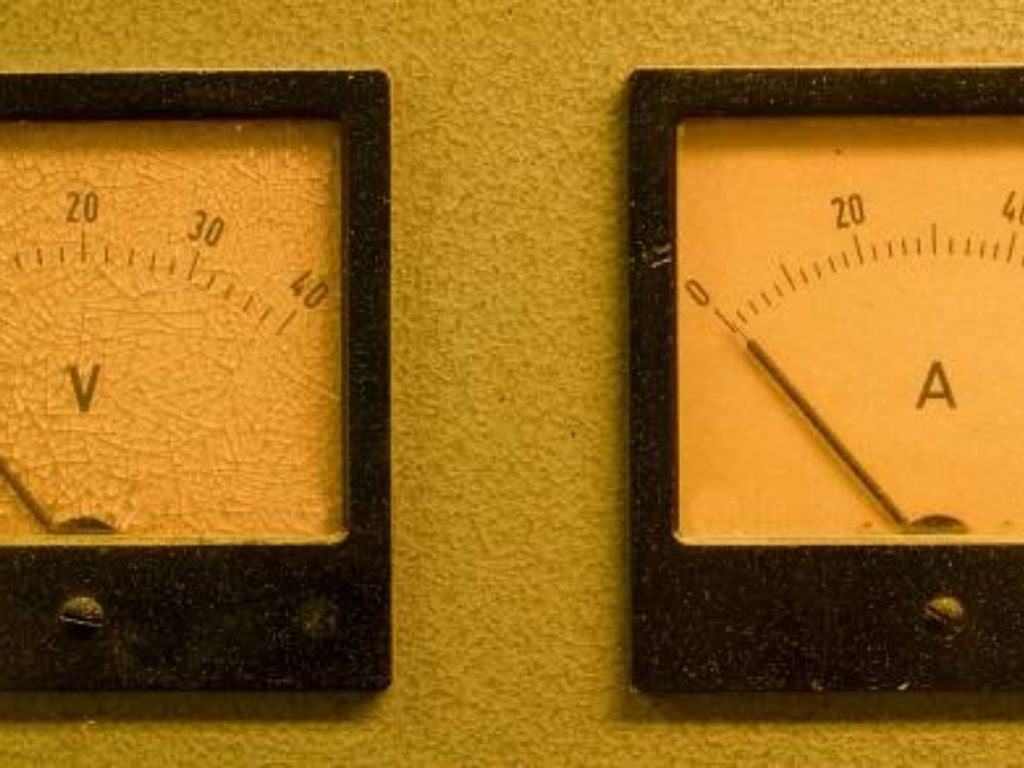
In electrical engineering, calculating the load correctly is key to avoiding system undercapacity or over-investment.
- Active Power (kW): The power actually changed into mechanical energy or heat.
- Apparent Power (kVA): The total power the supply system must provide.
- Power Factor (PF): PF=kW/kVA. For industrial systems with many inductive loads like motors, PF is often less than 1. This means kVA is greater than kW.
- Three-Phase Calculation: You must use the formula kW=3
- ×VLine×I×PF. All main equipment (transformers, generators) must be sized based on the maximum Apparent Power (kVA).
Load Balancing and System Design
Load balancing is vital for three-phase systems.
- Need for Load Balancing: You need to make sure that the current in the three phases (L1,L2,L3) is as balanced as possible. The imbalance results in the neutral current being excessively large (excessive overheating and fire) and imbalance of three-phase voltages (severe life-span damage to the motor).
- System Design: When designing the distribution panel, the single-phase loads should be evenly spread across the three phases. Preferably, the difference between the three phases should not exceed 10 percent. This requires professional electrical design and constant monitoring.
Practical Wiring Schematics
| Wiring Method | Features | Application Scenarios |
| Single Phase Two-Wire | L and N | Homes, lighting, small appliances. |
| Three Phase Three-Wire (Delta Connection) | L1,L2,L3 (No neutral wire N) | Used only to run pure three-phase loads like motors, providing line voltage. |
| Three Phase Four-Wire (Star Connection) | L1,L2,L3 and N | Industrial and commercial distribution standard. Provides both line voltage (for motors) and phase voltage (for single-phase loads), allowing for load balancing. |
Safety Note: In all wiring work, you must strictly follow grounding and neutral wire standards to ensure system safety.
Future Trends & Final Choice
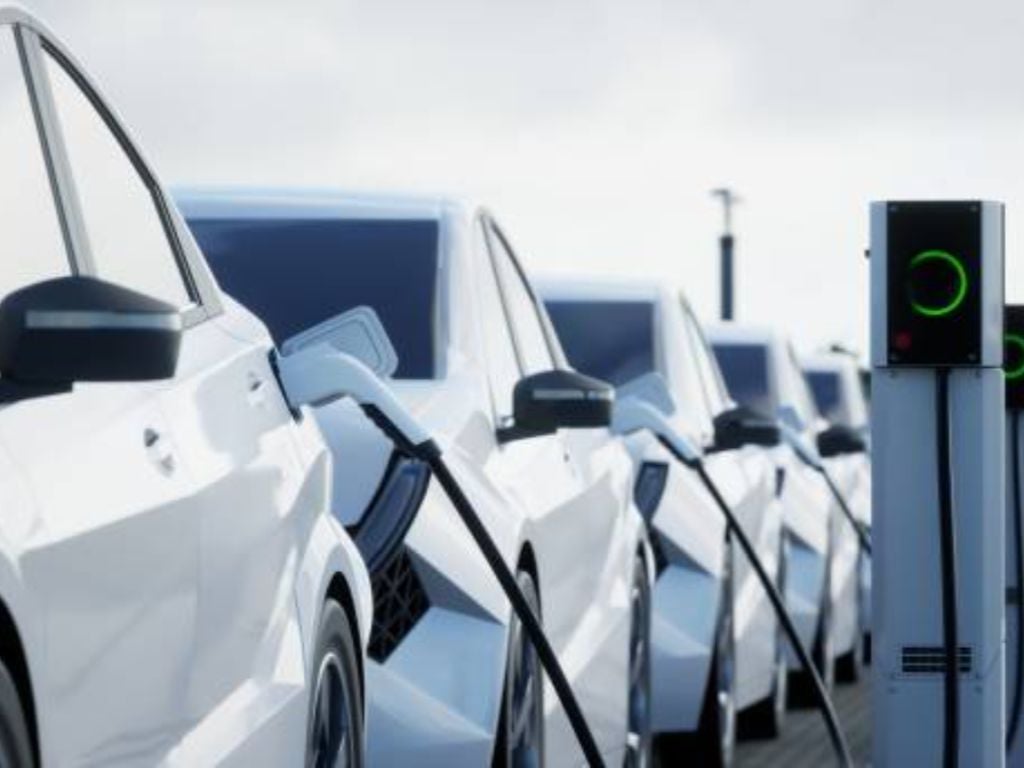
Power system selection must look toward the future. The growth of new energy, electric vehicles, and smart grids continues to change our needs for single-phase and three-phase systems.
Impact of EV Charging and Solar Integration
- Electric Vehicle (EV) Charging:
- Slow Charging (Home): Usually uses single-phase AC power.
- Fast Charging (Commercial): DC fast chargers (Level 3) need to draw huge power from the grid. They must rely on three-phase AC input for rectification.
- Solar (Solar) Systems:
- Large PV Plants: Use three-phase inverters to connect to the grid, ensuring high efficiency and balanced power injection.
- Energy Storage Systems: Large battery storage units also rely on three-phase interfaces for charging and discharging.
These new applications need high power and high balance. They further confirm three-phase power’s role as the core of future electrical infrastructure.
The Ultimate Selection Decision Tree
Here is a practical six-step decision flowchart to quickly find the best system:
| Step | Key Question | Yes Impact | No Impact |
| Step 1 | Are there heavy motors >5 hp running continuously? | Must choose three-phase (efficiency, lifespan). | Lean toward single phase (or keep checking). |
| Step 2 | Is the total load over 15 kW? | Strongly suggest three-phase (high transmission efficiency). | Single phase may be enough, but check calculations carefully. |
| Step 3 | Are large expansions planned in the next 10 years? | Choose three-phase (easy to expand, avoids future renovation). | Single phase is possible (budget friendly). |
| Step 4 | Is the requirement for power smoothness/reliability very high? | Must choose three-phase (constant power, low failure rate). | Single phase is fine (like home use). |
| Step 5 | Is the wiring path over 100 meters? | Choose three-phase (lowest line loss). | Single phase is acceptable. |
| Step 6 | Does it involve industrial automation or precise manufacturing? | Must choose three-phase (industry standard). | Single phase (most cost-effective). |
Conclusion: Balancing Investment and Return
Single phase system is the most suitable system to be used in homes and small businesses since it is inexpensive and easy. All industrial and high-demand commercial applications are only standardized to the three-phase system due to its unparalleled efficiency, stability and power capacity.
To the customers in the industrial automation and electrical components industry, the most important choice is to have a partner who provides reliable, cost-effective, globally certified and supply chain supported products. Omch fulfills these requirements as the “Component Supermarket.” It assists customers to operate in the global market in a stable and efficient manner through its extensive product line and robust supply chain.

